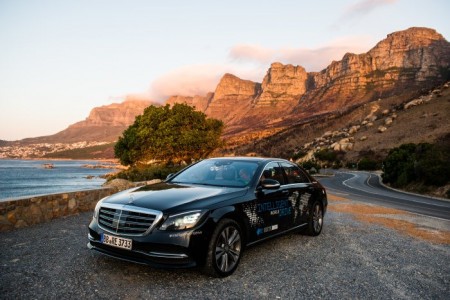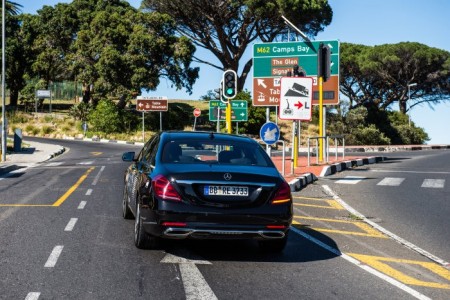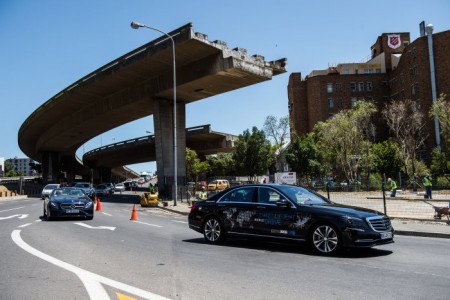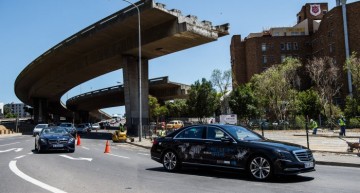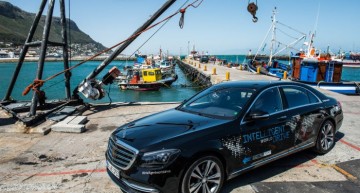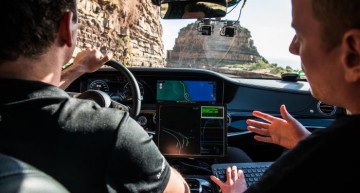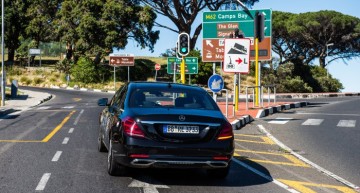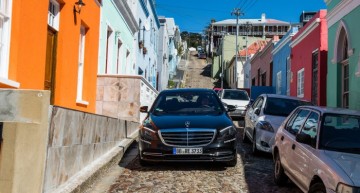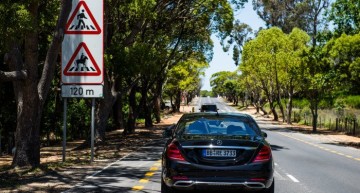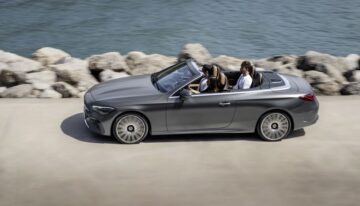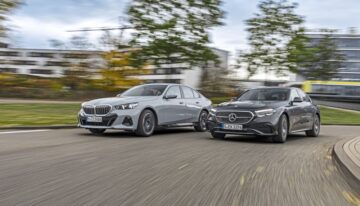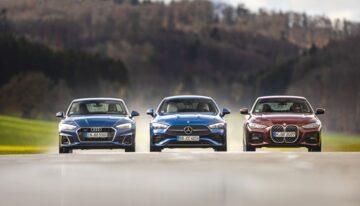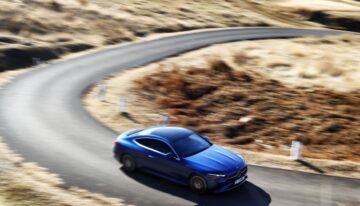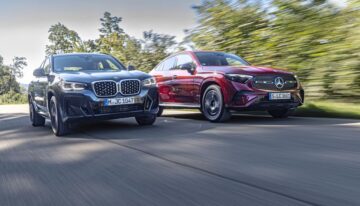The self-driving Mercedes-Benz S-Class is facing the challenges that South Africa has to offer. Roads, wildlife, rural roads, pedestrians, city conditions, are all part of the plan. Automated and autonomous vehicles must withstand all these conditions, therefore the fourth leg of the Mercedes-Benz Intelligent World Drive, based on the S-Class sedan is on a mission for testing.
The program started at the Frankfurt Motor Show this past September, aiming to gather global insights into real-life traffic conditions for the development of the technologies. It will be completed in January 2018, after collecting comprehensive information on five continents in five months only.
The self-driving Mercedes is focusing on pedestrian detection, both in dense city traffic and rural roads. The S-Class is collecting information for detecting road sings specific to South Africa, validating the digital map material of the HERE maps and testing the DIGITAL LIGTH system of the prototype. In 2016, 5,410 pedestrians died in road traffic accidents. This calls for a high level of awareness, cameras and radar systems having to detect and interpret the humans’ movements in order for the vehicle to react within milliseconds in case of emergency.
There are traffic signs specific to the region, that can only be found in the 15 Member States of the Community, such as South Africa, Namibia, Botswana or the Seychelles. Yet, the lack of signs represents a major challenge for the camera and the radar systems of the car, testing the Active Distance Assist DISTRONIC with route-based adjustments to the max.
In South Africa, Mercedes-Benz is also working on its headlights prototype system, featuring the innovative DIGITAL LIGHT technology. The non-dazzle continuous high beam in HD quality uses chips with over one million micro-mirrors, and therefore pixels, per headlamp, thus achieving the ideal light distribution in any driving situation, without dazzling other road users.

